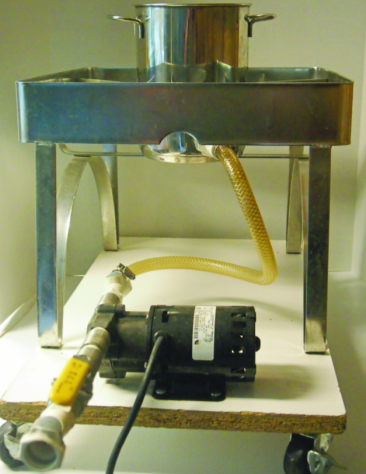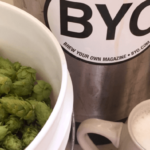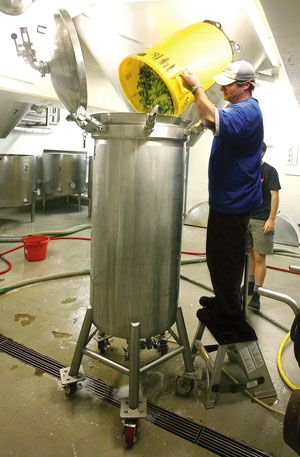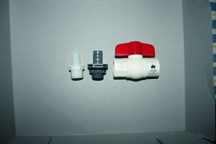Articles
Topic: Equipment
Indoor Induction Heat
Brewing indoors with electricity can be easier than you think.
Using Homebrew Pumps
Moving wort and brewing liquor around your brewhouse can be as easy as flicking a switch. See how adding a pump to your setup can save you hassle.
Expanding Your Homebrewery: Tips from the Pros
Chris Graham and John Blichmann explain how best to expand your homebrewery.
Calibrating Equipment
Is this thing reading right? The importance of calibrating your equipment.
Stainless TLC: Tips from the Pros
John Palmer, John Blichmann and Ashton Lewis talk stainless steel.
Hop Torpedoes Away
Ferment in a Cornelius Keg
For those of you that keg your homebrew, chances are you’ve got at least one Cornelius keg sitting empty at any given time. Why not put them to good use as primary and/or secondary fermenters? And for those that don’t keg but are considering it in the future, picking up a keg or two for fermenting is a great way to start building up the equipment you’ll need for a kegerator. Used Cornelius kegs cost about $30 to $40, and with about $10 more in fittings and tubing you can have a 5-gallon (19-L) stainless steel fermenting vessel. The advantages of using a keg are that it’s light-tight, has built-in handles for easy transport and if you have a kegerator you can use your CO2 system to rack the beer in a completely closed environment with no siphoning.
Rolling Kegerator
The next time you go to a party, roll out the barrel . . . or at least the Corny kegs. Build this rolling kegerator with a small, on-board CO2 system.
Home Kegerator
Every homebrewer could use his or her own kegerator. A classic project shows you how to convert a regular refrigerator to a beer draft system.
Cylindroconical Fermenters
Learn how to get the most out of a stainless steel cylindroconical fermenter
Make Your Plastic Bucket Fantastic
Leaky lids or shards from shattered glass? That’s not how we roll. Check out how we pimp a bucket to be a fizzabulous fermanizzle . . . uh, or something.









